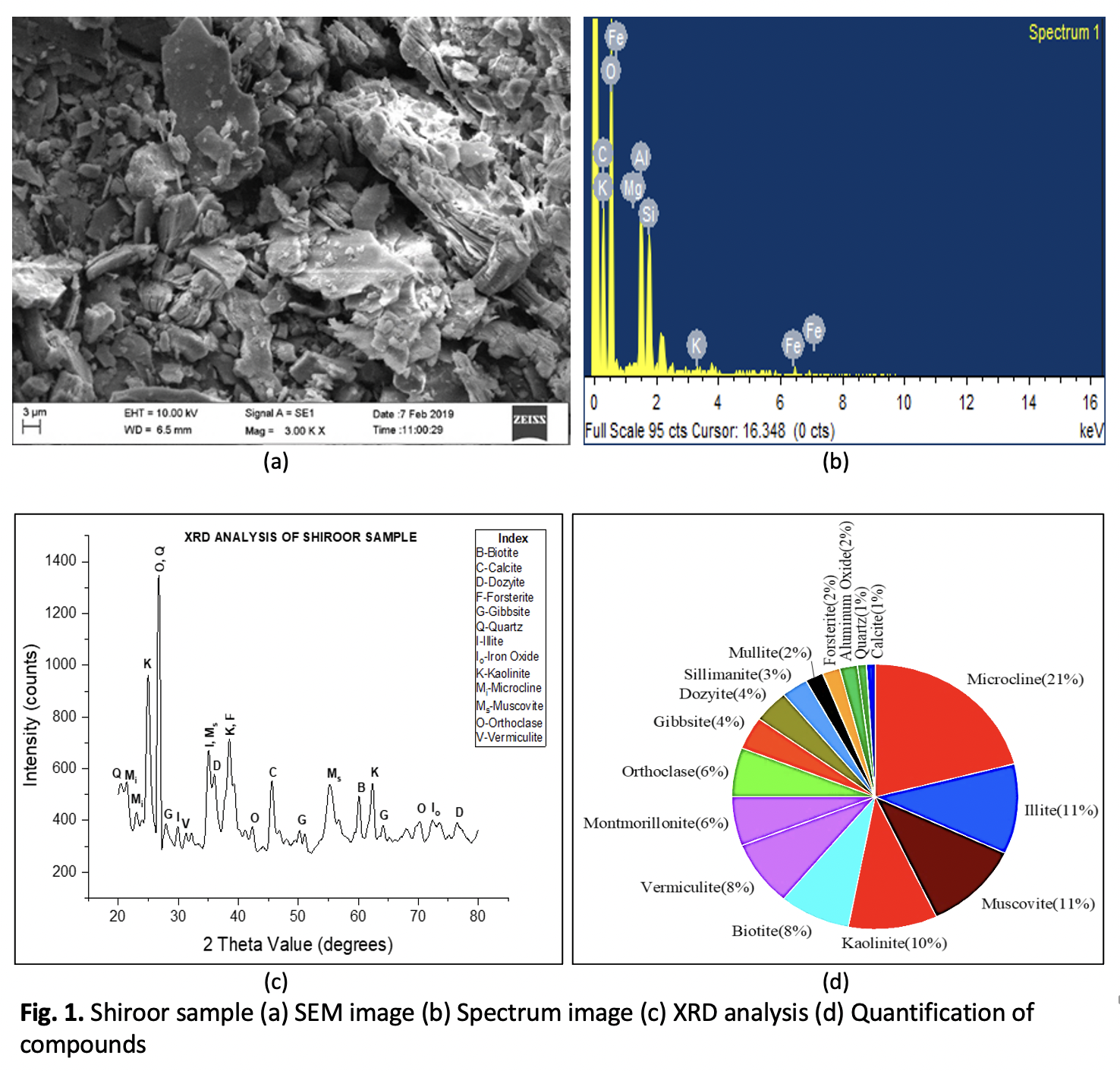Mineralogical Analysis of Lithomargic Clay Deposits along the Coastal Belt of Uttara Kannada Region in South India
DOI:
https://doi.org/10.37934/araset.39.1.117134Keywords:
Lithomargic clay, Mineral compounds, XRD analysis, ElementsAbstract
The Lithomargic clay, generally known as Shedi soil found below the lateritic soil along the coastal belt of Karnataka. This lithomargic clay is rich in silt content and dispersive in nature. The dispersion or de-flocculation behaviour of clays is influenced by factors including mineral composition, soil chemistry, the presence of dissolved salts in the pore water, and the characteristics of the erosive water. This type of soil is liable to erosion and landslides. At present, coastal belt of Uttara Kannada district is witnessing a lot of developments in terms of Industry, infrastructures, and other activities. Lithomargic clay represents a challenging soil variety that necessitates comprehensive examination to render it compatible for supporting various engineering structures such as buildings, pavements, railways, and dam. The X-ray diffraction and Energy Dispersive X-Ray Spectroscopy (EDS) analysis were conducted to identify the presence of minerals and compounds for the various soil samples collected along the coastal belt of Uttara Kannada District. The minerals observed in most of the locations are quartz, feldspar like orthoclase, microcline, albite, mica group consisting of muscovite and biotite, those that are not altered chemically since the time of formation and deposition. The presence of secondary minerals like kaolinite, illite, montmorillonite, vermiculite, gibbsite, and calcite are witnessed by the X-ray diffraction analysis.
Downloads





























